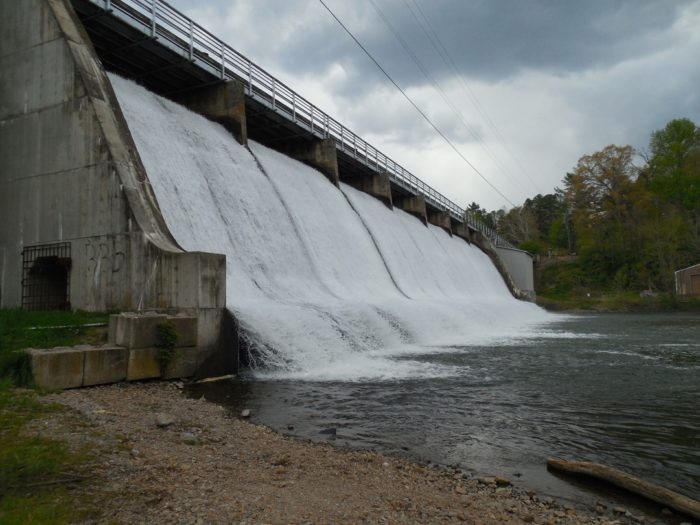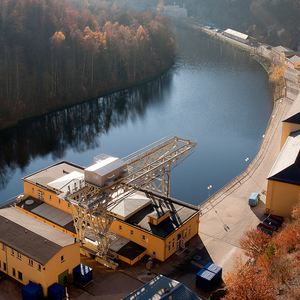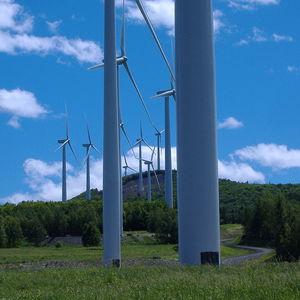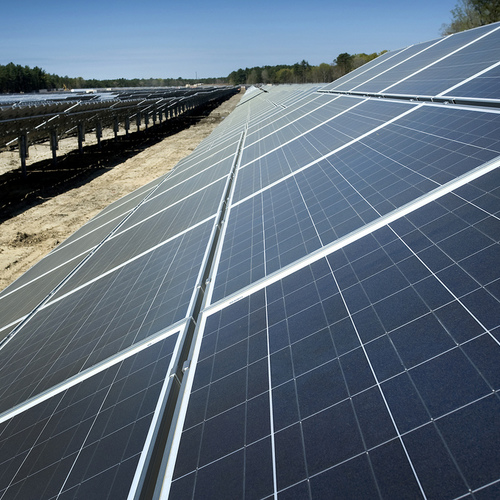
Image Credit: Pixabay
In the wake of the 2016 presidential election, the proliferation of misinformation on social media is finally getting the attention it deserves. Or so I thought.
Scrolling through my Facebook news feed recently, I stumbled upon an article shared by Climate Central, a nonprofit news organization focused on climate science. “The World’s Renewable Energy Capacity Now Beats Out Coal,” read the headline from Co.Exist. I clicked. “The tipping point marks a major milestone in the transition to cleaner power sources,” the subhead declared from atop an aerial photo of a wind farm.
And so went most of the coverage of a new report on renewable energy markets by the International Energy Agency, a well-respected source of global energy statistics. Outlets big and small, reputable and lesser-known, specialized and general, adopted similar headlines, subheads and ledes, accompanied by photos of wind turbines and solar panels.
The problem is twofold. First, capacity is a highly selective way to measure electricity, especially in the context of emissions and climate change. Capacity is defined as the maximum electric output a generator can produce under specific conditions at a moment in time — for example, how much a solar farm can generate during a sunny summer day or a wind farm when it’s really windy. But, of course, the sun doesn’t always shine or the wind always blow.
“Installed capacity is not really a useful metric for a lot of purposes,” Mark Jacobson, an engineering professor at Stanford University who studies renewable energy, told me. “When you’re asking, ‘How much is this supplying, how much is wind supplying versus coal?’ you want to look at the actual energy delivered.”
That’s commonly called generation, and is defined as the amount of electricity produced on average over a period of time, such as a year. Sure enough, if you look at generation numbers, coal still beat out renewables in 2015 by a significant margin, 39% to not quite 24%.
‘Renewables’ means more than wind and solar
Second, and perhaps more important, most readers, and apparently many journalists, equate “renewables” with wind and solar. But the IEA’s renewables category also includes hydropower and biomass. According to the IEA, 71% of global renewable electricity generation in 2015 came from hydropower, 15% from wind, 8% from bioenergy and 4% from solar. In other words, it’s not wind and solar that have overtaken coal, it’s a basket of renewables heavily dominated by hydropower.
While growth in wind and solar installations have certainly helped push renewables’ share up, hydropower also has been growing in recent years. When you include all sources, hydropower currently generates around 16% of the world’s electricity; wind, almost 4%; biopower, 2%; and solar, just above 1%.

These two subtle forms of miscommunication, I believe, have led to some unfortunate misperceptions. A recent survey found that, on average, Americans believe that the country gets 20% of the total energy it consumes from wind and solar (11% wind, 9% solar). Part of this is likely due to the common but erroneous conflation of “energy” and “electricity.” But even if you look at just electricity, the numbers for the U.S. still don’t come close to 20%. The U.S. Energy Information Administration’s 2015 statistics show that 4.7% of the country’s electricity was generated from wind, with 0.6% coming from solar. That’s a 14-plus percentage point difference between what Americans think and the truth.
It’s hard to blame them, with confused and confusing coverage of renewable energy statistics popping up in their social media feeds and on news outlets they’ve come to trust. On top of that, most social media sharers never even read the articles they share. According to a recent study, 59% of links shared on Twitter have never been clicked, underscoring the outsize influence of misleading headlines, subheads and header photos. And research has shown that misleading and clickbait headlines have a lasting effect on how those who actually read articles interpret and remember their content.
“This is typical of modern information consumption,” said Arnaud Legout, co-author of the study on social media sharing, in a statement. “People form an opinion based on a summary, or a summary of summaries, without making the effort to go deeper.”
This problem could come back to haunt us
It’s understandable that environmental organizations and activists would want to build public enthusiasm for renewable energy. But making wind and solar seem like they’re doing better than they really are could come back to bite proponents — and the climate. If members of the public think we’re well on our way to throwing fossil fuels into the dustbin of history and replacing them with renewables, they’ll be less likely to demand new policies and take actions to lower their own carbon footprints. The public may even come to see wind and solar as capable of outcompeting fossil fuels on their own and therefore undeserving of government subsidies and helpful regulations.
Wind and solar have made real progress in recent years. Their costs are projected to continue to decrease, and more wind and solar farms and rooftop solar arrays will continue to pop up across the country and around the world. But if the goal is to limit warming to anywhere near the level world leaders agreed to in Paris in 2015, significant challenges remain — and pretending like everything is going great is not going to fix them.
Paul McDivitt is a science and environmental writer based in Rhode Island. This post originally appeared at the website Ensia.
Weekly Newsletter
Get building science and energy efficiency advice, plus special offers, in your inbox.














6 Comments
Of course things are not
Of course things are not going great with renewables - as anyone who has been awake for the last few months knows well. We're fighting the naysayers and the fossil fuel interests who have been put in charge of the country. One the other hand, there are bright spots such as this news from this morning: "Lawmakers in the Maryland Senate voted 32-13 Thursday to expand the state's renewable energy target restoring the Clean Energy Jobs Act and overriding Republican Gov. Larry Hogan's veto of the measure in May of last year. The bill is now in effect."
Paul's point seems to be (in part) that hydro is not as "green" as solar and wind and numbers which include this mistakingly exaggerates the growth of solar and wind which is detrimental to their growth. I see another side of the argument frequently - people that cannot believe that solar and wind actually work at all. "It's a scam"; "it's exaggerated"; "we've heard of net zero houses but they can't really be net zero; must only be their light bulbs" etc; etc. We know it does work. We also know that the age of renewables is here now; it is now the least expensive energy world wide, but the reality is that we are many years away from eliminating fossil fuels. The current administration is hoping to encourage strong growth in FF development, to postpone the inevitable as long as possible, and to get as many infrastructure projects completed in these years as possible, to prolong the revenue stream.
But I believe that we need to show, by our work, that renewables do work; and that demonstrating that is the way to change the conversation, and to help people understand that policies that discourage renewables will cost them more. There will be a lot of changes over the next decade and beyond as this plays out; lets show the world that renewables are the best - and least expensive - way forward.
When i saw the title of this
When i saw the title of this article i was going to say i disagree, but having read it you are correct.
The renewable crowd has to focus on numbers and goal posts instead of hype. The right can use hype to great effect because they peddle lies, but those of us working for a better future are dealing in reality.
Questions4 . Be careful.
Reality is a matter of perspective and bias.
Incorrect, reality is
Incorrect, reality is reality, but is "interpreted" by perspective and bias, and reality deniers pretend it doesn't exist at all.
Methane and Large Hydro
Am I mistaken to believe these articles?
http://www.ucsusa.org/clean_energy/our-energy-choices/renewable-energy/environmental-impacts-hydroelectric-power.html#.WSW3Kk3n_Ts
https://www.newscientist.com/article/dn7046-hydroelectric-powers-dirty-secret-revealed/
Response to Bill Burke
Bill,
So far, I've just skimmed the articles. But at first glance, the articles appear to discuss information that many environmentalists are aware of (and have been trying to point out for many years).
Log in or create an account to post a comment.
Sign up Log in